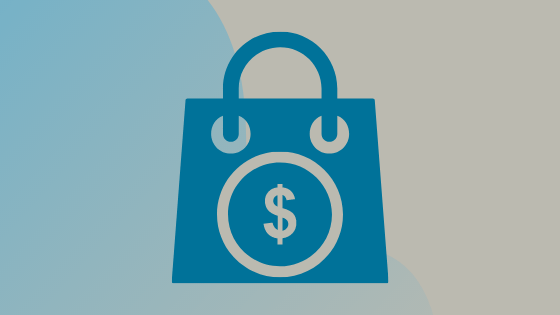
Online food and drink sales have skyrocketed in the last few years and are poised for even more growth ahead, according to Forrester’s new report: The State of the US Online Grocery Shopper.
However, compared to other sectors of e-commerce, consumers have a somewhat different mindset about online grocery purchases. They’ve adapted to immense change, but deep-rooted habits remain entrenched, continuing to influence their outlook and affecting the ways in which they approach purchasing groceries online. And, overall, their expectations are high.
How & Where Online Grocery Consumers Shop
Not every online grocery shopper approaches this routine task in the same way. In a survey of over 9,000 consumers in March 2021, Forrester found that 58% of US online adult mobile grocery researchers use mobile apps. A well-designed, easy-to-use app can generate opportunities for providers to collect first-party consumer data and create individualized experiences to foster loyalty.
For many shoppers, however, long-established patterns of bargain-hunting mean the printed word still carries significant weight. Thirty percent of US online adult grocery consumers use printed weekly circulars to research their grocery purchases, 15% use printed coupons and 19% look for in-store ads or promotions. Measurable data linking correlative effects between digital and store sales can yield important information, especially for grocers with in-store and online shopping options.
Competition for market share in this space is tight — in part, because consumers do not tend to frequent several online stores for grocery purchases. In a survey of over 4,700 US consumers conducted in August 2021, Forrester found that 47% of US online grocery shoppers usually shop with just one online grocery provider; 25% shop with two; 15% shop with three and just 13% shop with four or more online grocers.
What Matters Most
Consumers are consistently highly aware of price, quality and convenience. Those three factors play heavily in consumer choice of both products and providers. Interestingly, though perhaps unsurprisingly, two-thirds of US adults prefer to choose brands they like when buying groceries online. However, just over a third of US online shoppers indicate they plan to stay with their current online grocery provider due to a good experience, indicating there is room for movement within this arena.
What Could Influence Future Consumer Behavior
Adding to growing evidence of the impact of supply chain woes on consumers, predictable availability of goods may be eclipsing preference for convenient delivery options. Many consumers indicated a willingness to wait to obtain goods if they knew those goods would be available. Furthermore, consumer expectations for same-day delivery dropped precipitously from 2019 to 2020.
Consumer interest in product quality and nutrition are also expected to guide choices in online grocery purchases in the coming months and years. Forrester found that 60% of online US adults say they make a conscious effort to eat healthy foods. Clear and transparent communication about nutrition, ingredients, organic options and other elements will be critical to helping consumers select the options that work best for their lifestyles and nutritional needs.
Want to know more about the perspectives of the online grocery consumer? Download Forrester’s latest report, The State of the Online Grocery Shopper.


